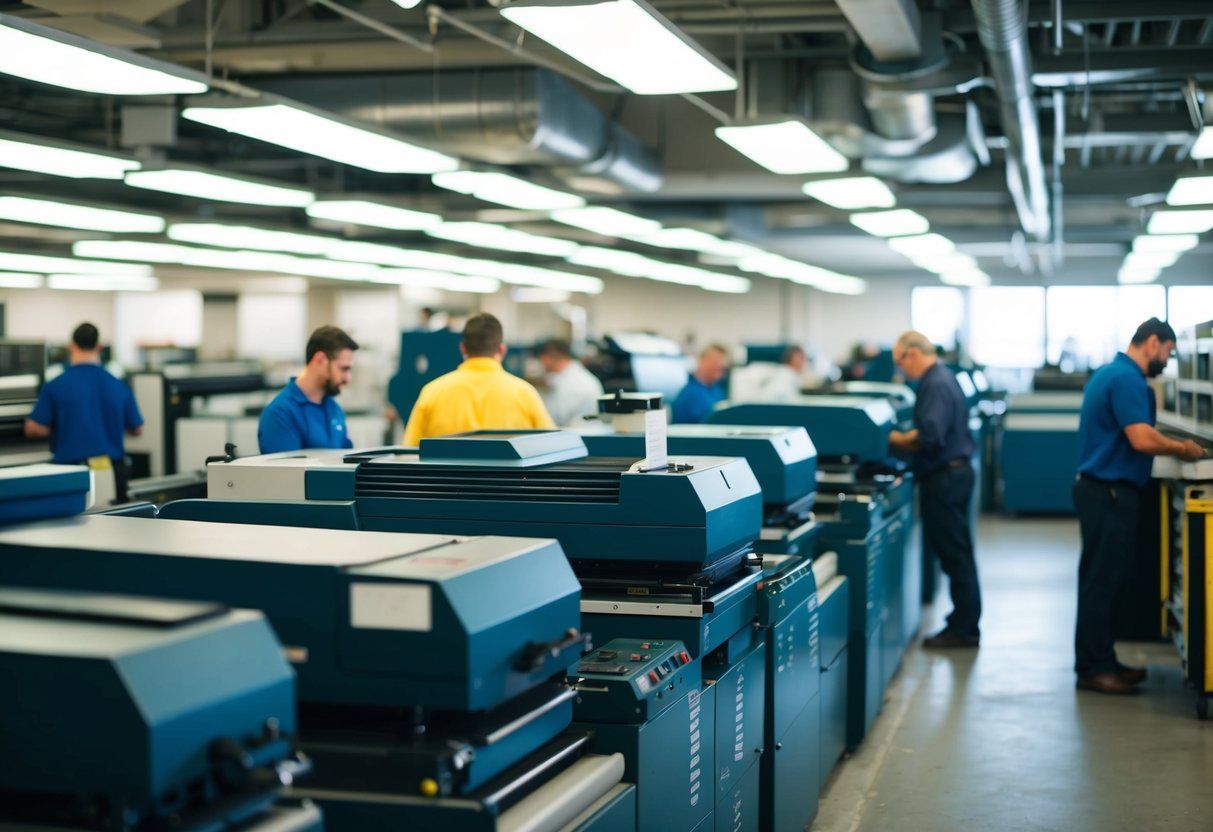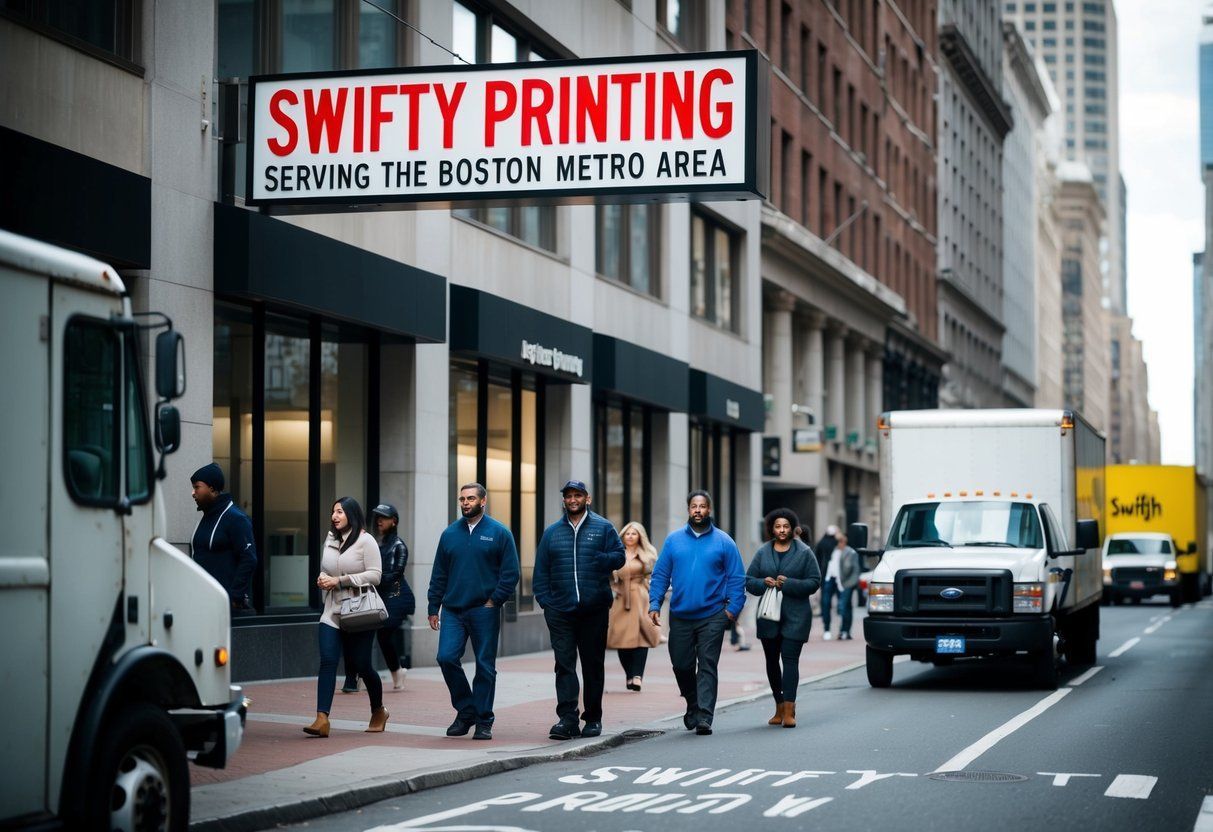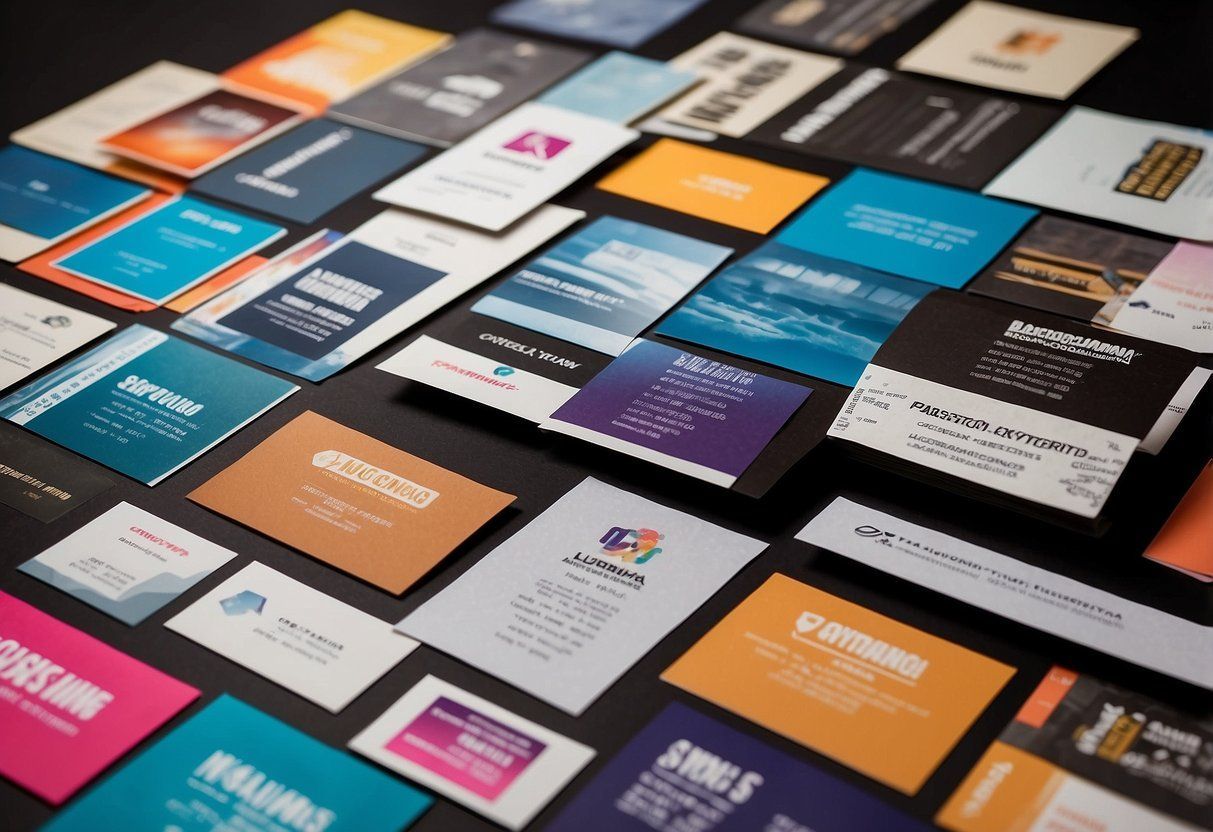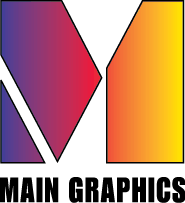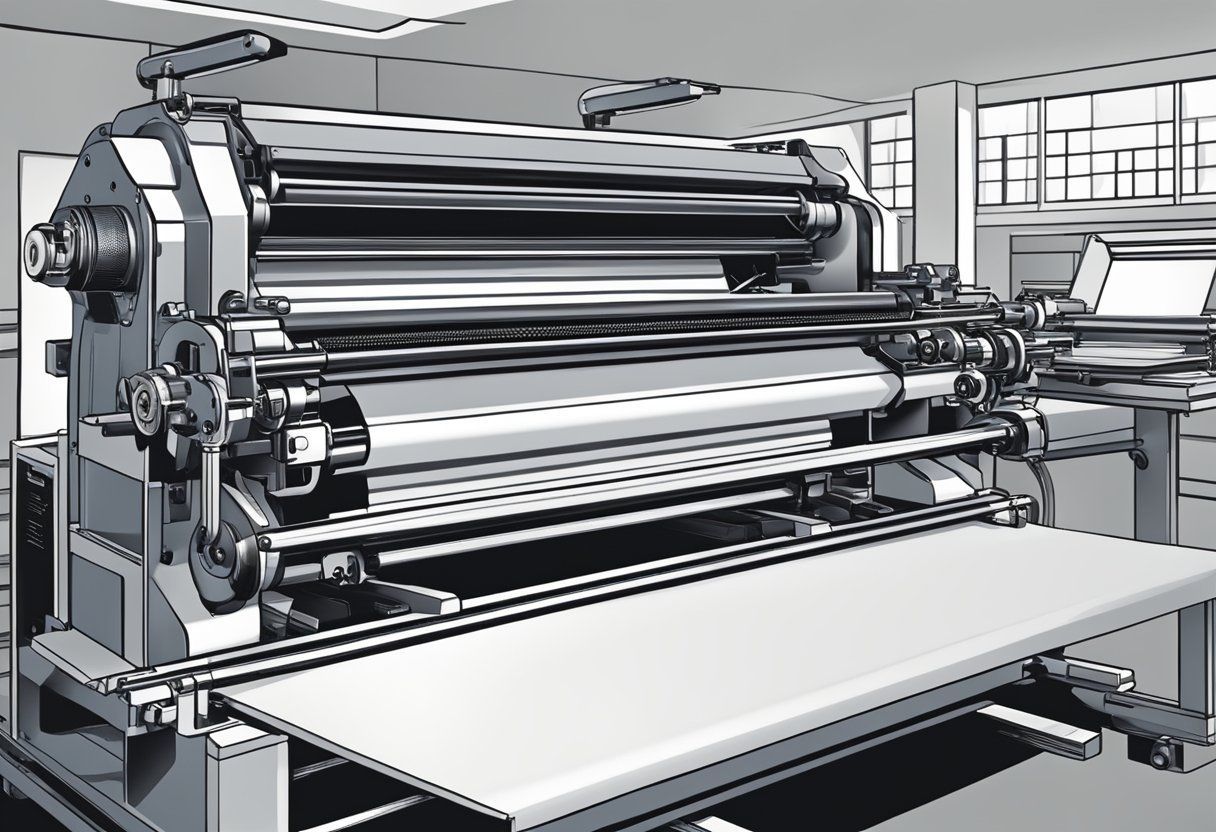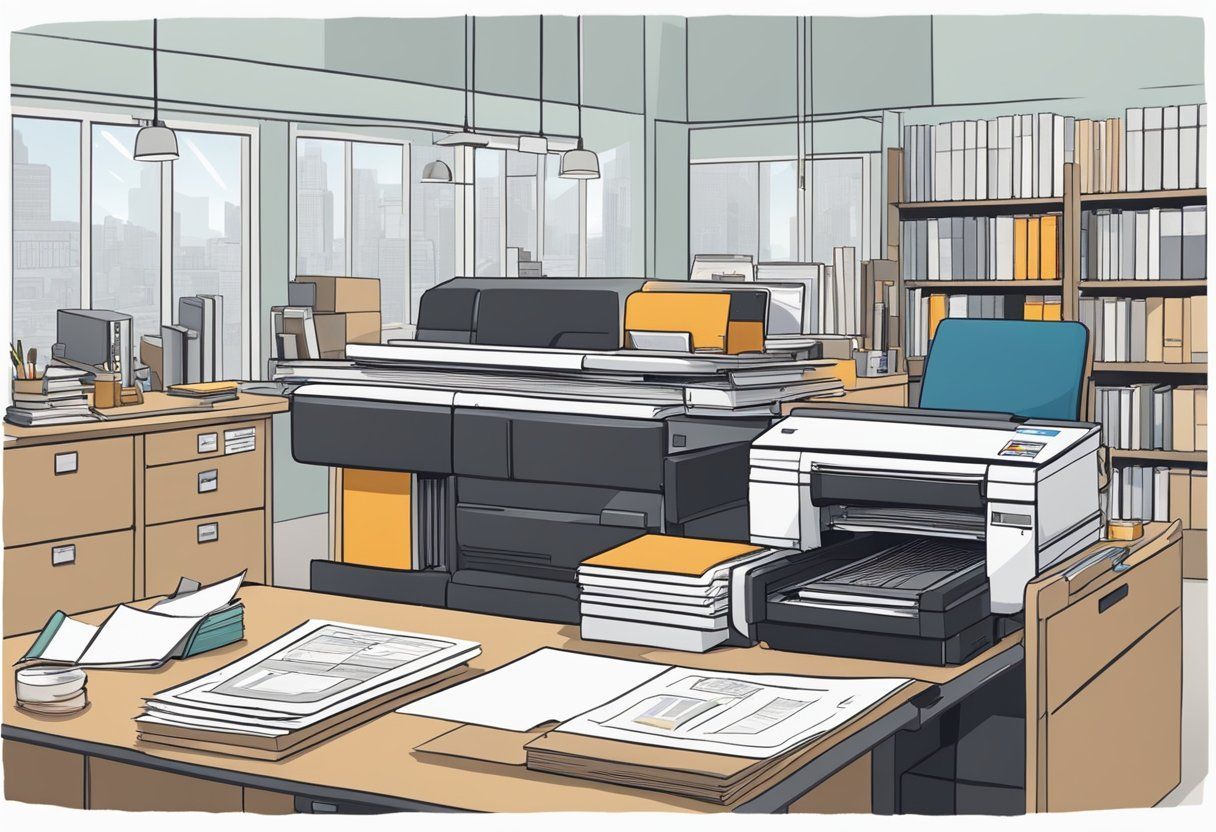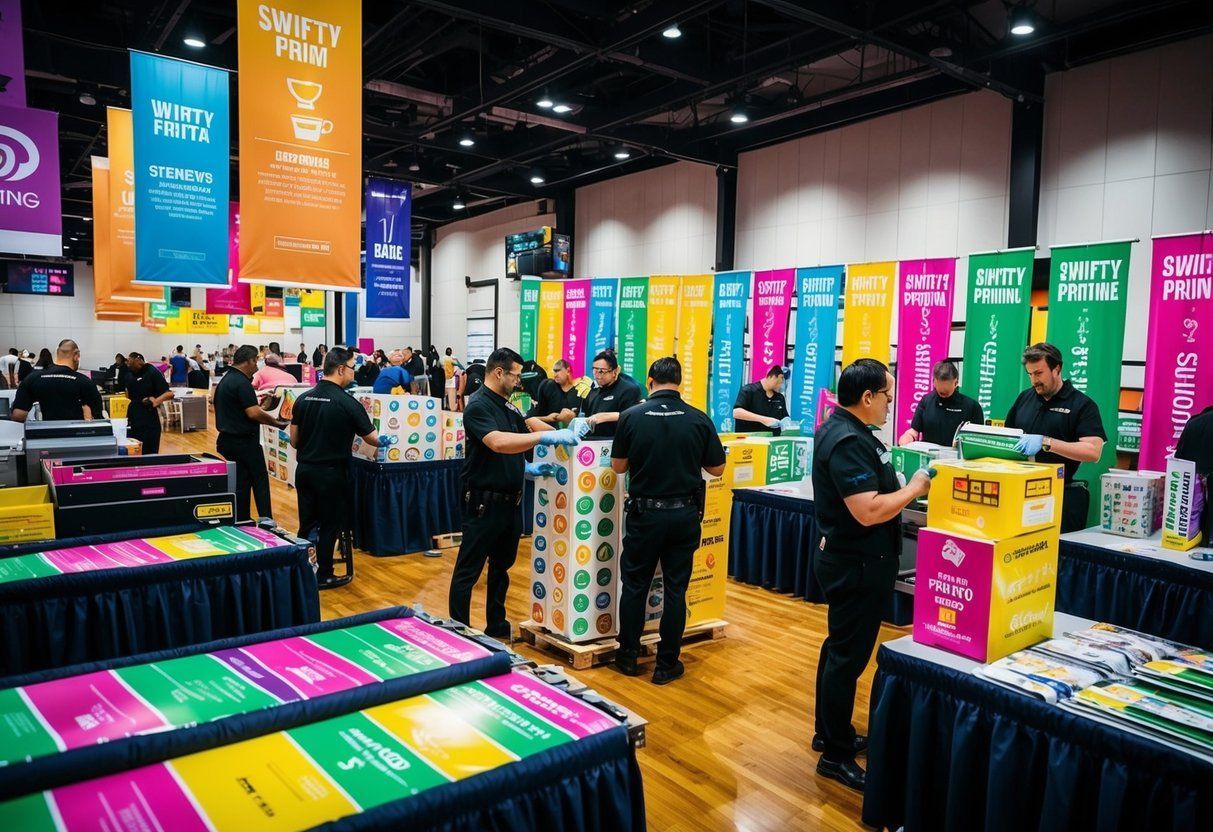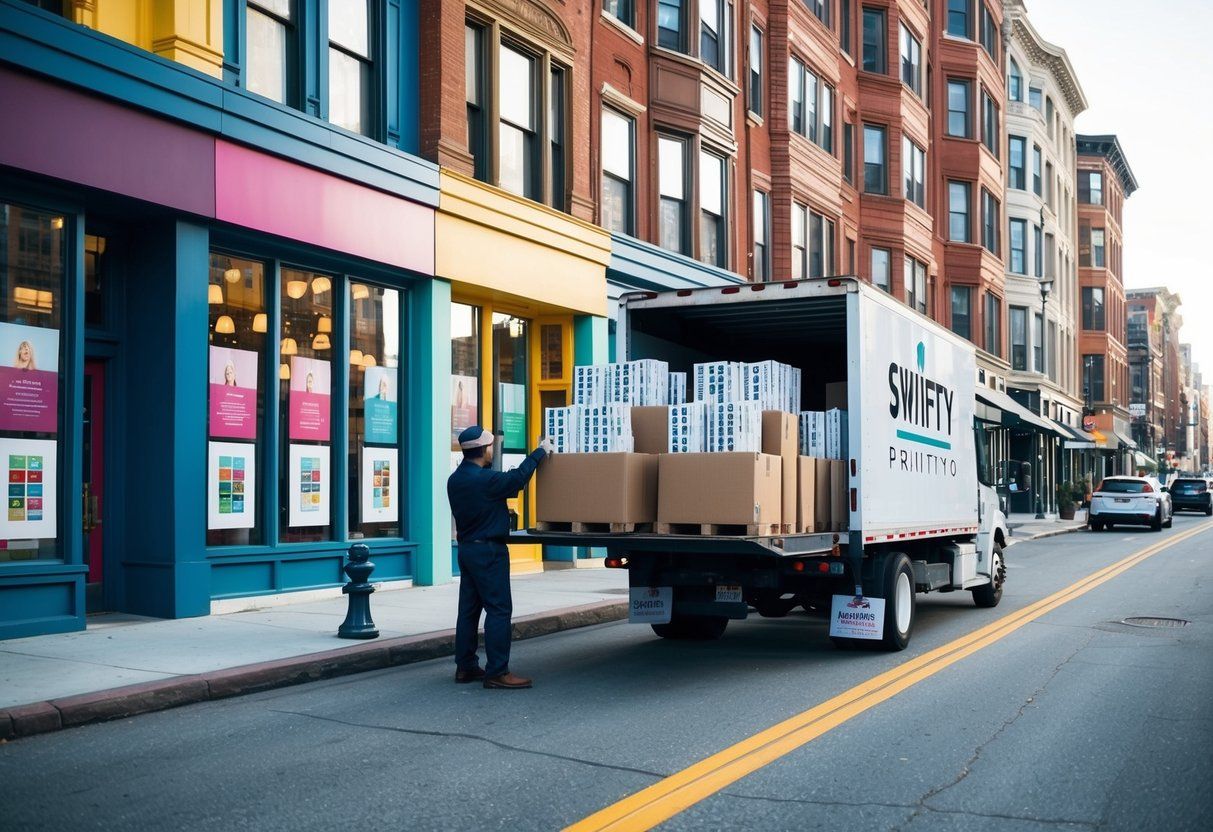Digital Printing Methods: Revolutionizing Modern Production Techniques
Digital printing methods have transformed the way we produce printed materials. Unlike traditional printing, which often requires plates and considerable setup time, digital printing allows for direct printing from a digital file to a variety of media. This broad category includes methods such as inkjet and laser printing, each with its unique benefits and applications. As these technologies continue to advance, they are becoming increasingly accessible, offering both speed and versatility in printing small runs, personalized items, and complex color images.
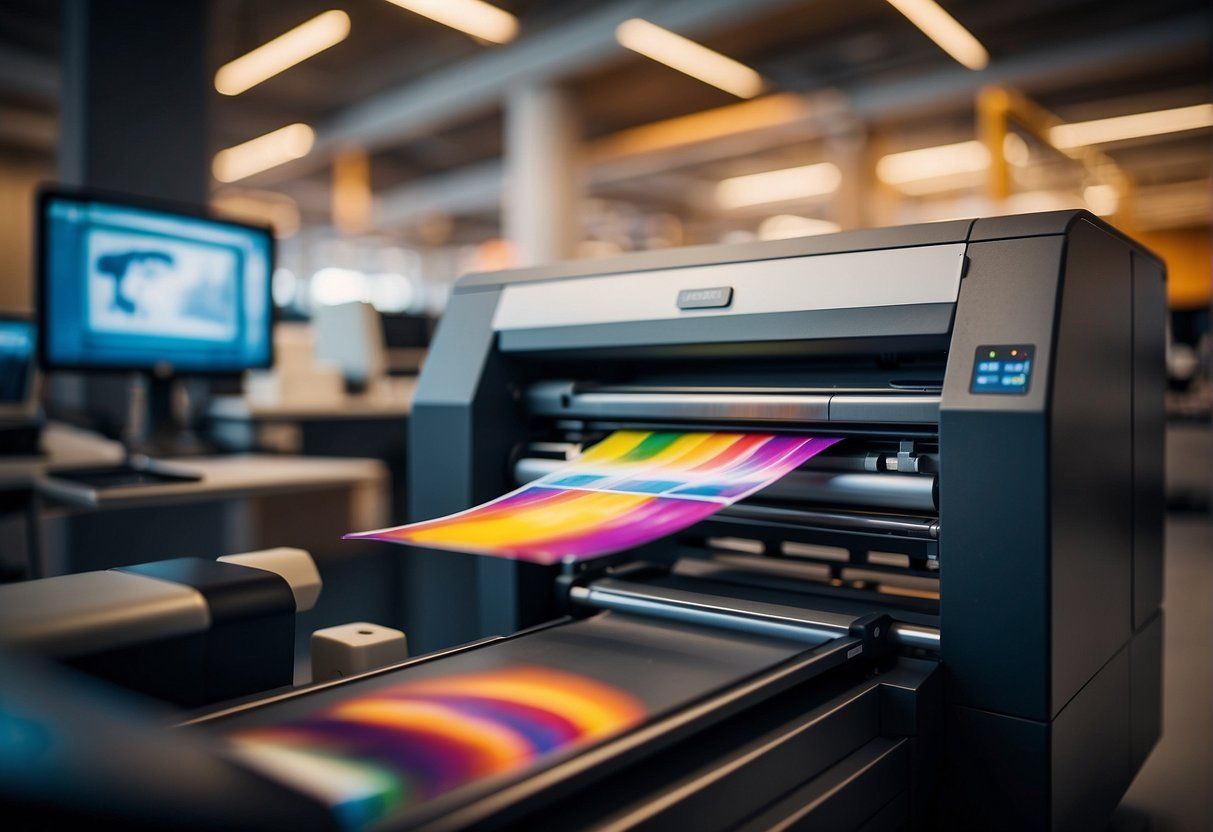
The inkjet method propels tiny droplets of ink onto paper, creating high-quality images with rich color gradations, making it ideal for photographs and intricate designs. Meanwhile, laser printers use a different method, employing electrostatic charges to transfer toner particles onto paper, resulting in crisp text and sharp-edged images which are ideal for business and academic documents. Both technologies have evolved with improved efficiency and lower costs of operation, encouraging widespread use across industries ranging from marketing to fine art printing.
As digital printing does not require the same setup as traditional methods, it is highly suitable for on-demand printing, short runs, and even single copies. This flexibility is particularly beneficial for businesses seeking to create customized marketing materials or personalized products. Furthermore, advancements in digital printing technology continue to open up new substrates for printing, expand color fidelity and enhance environmental sustainability through reduced waste and energy consumption.
Overview of Digital Printing
Digital printing represents a modern method of production that allows for the direct printing of digital images onto a variety of media substrates. Different from traditional printing processes, it eliminates many of the mechanical steps required for conventional printing, such as making films and color proofs, manually stripping the pieces together, and making plates.
Comparison to Traditional Methods
Digital printing technology offers several distinct advantages over traditional methods. In terms of speed , it provides a faster turnaround due to the reduced setup time. As for customization , digital printing excels by enabling on-demand printing, easy modifications, and low-volume printing without incurring significant additional costs. Quality has dramatically improved with digital methods, often matching or surpassing that of traditional methods. A brief comparison is outlined in the table below:
| Aspect | Digital Printing | Traditional Methods |
|---|---|---|
| Setup Time | Minimal | Extensive |
| Cost for Short Runs | Lower | Higher due to setup |
| Customization | High (variable data printing) | Limited |
| Speed | Fast turnaround | Slower due to prep work |
| Print Quality | High and consistent | Varies with technique and expertise |
| Environmental Impact | Usually lower (less waste and energy) | Typically higher due to materials |
Types of Digital Printing
There are various types of digital printing technologies that cater to different needs and applications.
- Inkjet Printing : It sprays tiny droplets of ink onto paper. Common for both home and commercial use, it is versatile and capable of producing high-quality images and colors.
- Laser Printing : Utilizing toner and heat process, it’s known for its speed and efficiency, favored in office environments for crisp text and graphics.
- Dye-Sublimation : Great for fabric and merchandise printing, it transfers dye onto materials for vibrant and durable prints.
- Direct to Garment (DTG) : A specific type of inkjet printing used for textiles, allowing for detailed designs on clothing.
Each method has its own set of inks, substrates, and equipment, tailored for specific print jobs and outcomes.
Digital Printing Technologies
Digital printing encompasses a range of technologies that facilitate the direct printing of digital images onto various media types. These technologies have revolutionized the printing industry by providing high-speed and flexible printing solutions.
Inkjet Printing
Inkjet printing operates by propelling droplets of ink onto paper or other substrates through fine nozzles, called print heads. Inkjet printers are popular for their ability to produce high-quality color images with excellent detail and gradation.
- Resolution : High resolution achievable, often at 1200-4800 dots per inch (dpi).
- Materials : Compatible with a wide range of media, including photo paper, canvas, and even some textiles.
- Usage : Ideal for both home and business settings, excelling in producing photographic prints.
Laser Printing
A laser printer employs electrostatic digital printing technology, where a laser beam is passed over a charged drum to define a print image. Toner particles are then attracted to the image, and heat is applied to fuse the toner to the paper.
- Speed : Known for fast printing speeds, making them suitable for office environments with high volume printing needs.
- Quality : Produces sharp text and graphic prints with consistent quality.
- Cost-efficiency : Typically offers a lower cost per page in comparison to inkjet printers, especially for black and white printing.
Dye Sublimation
Dye sublimation is a distinctive digital printing technology that uses heat to transfer dye onto materials such as fabric, cards, and plastic. It differs from other printing methods by transitioning the dye from solid to gas without passing through a liquid phase.
- Color Depth : Exceptional at delivering vibrant, continuous-tone prints that are near photographic in quality.
- Durability : Prints are less prone to fading and durable against water and UV light exposure.
- Applications : Commonly used for apparel, signage, and promotional items due to the durability and quality of the print.
Materials and Mediums

Different digital printing methods require specific materials and mediums to achieve the desired results. These materials, commonly known as substrates, vary in texture, durability, and suitability for different types of ink. Below, each subsection delves into common substrates used in digital printing.
Paper and Cardstock
Paper in digital printing serves as the most traditional substrate for print materials. It can range from thin, flexible sheets to thick, durable photo paper , each with unique ink absorption properties suitable for various applications. Cardstock is a sturdier paper option, often used for business cards, postcards, and other materials where rigidity is beneficial.
- Types of Paper:
- Matte
- Glossy
- Satin
- Common Uses:
- Brochures
- Flyers
- Posters
Textiles and Fabric
The use of textiles and fabric in digital printing has grown extensively, particularly for custom apparel, upholstery, and signage. Canvas is a popular fabric choice for high-quality art reproductions, while other fabrics are selected based on their weave and compatibility with specific inks.
- Textile Varieties:
- Polyester
- Cotton
- Blends
- Fabric Applications:
- T-shirts
- Flags
- Banners
Synthetics and Plastics
Synthetics and plastics are known for their durability and versatility in digital printing. They often come in the form of sheets, films, or other shapes and can be printed using various techniques to create items ranging from simple labels to intricate displays.
- Synthetic Options:
- Vinyl
- Acrylic
- Polycarbonate
- Plastic Print Products:
- Business cards
- Signage
- Decals
Quality and Performance
The quality and performance of digital printing are critical for producing high-quality prints with excellent color accuracy and image quality. These attributes are directly influenced by the effectiveness of color management, the resolution and image quality capabilities, as well as the speed and efficiency of the printing process.
Color Management
Color management is essential in digital printing to ensure color accuracy and consistency across different devices. Utilizing a color management system involves the calibration of monitors, printers, and scanners to a standardized color profile, like sRGB or Adobe RGB, which helps in achieving a close match from digital design to print. This is particularly important for brands that require strict color consistency.
Resolution and Image Quality
- Resolution:
Measured in dots per inch (DPI), the resolution of a digital printer determines how finely it can reproduce the details of an image.
- Higher resolutions, typically above 1200 DPI, are capable of producing extremely detailed images which are essential for high-quality prints.
- Image Quality: Factors beyond resolution, such as color depth and printing technology (inkjet vs. laser), also impact the final image quality. Inkjet printers excel in producing vibrant images with a wide color gamut, while laser printers are renowned for sharp text and fast production.
Speed and Efficiency
- Speed: The throughput rate of a digital printer, generally measured in pages per minute (PPM), directly affects the production efficiency. Modern digital printers offer speeds that can range from 15 to 100 PPM for standard text documents.
- Efficiency: Efficient digital printers reduce waste and lower costs over time. This includes not only the speed of printing but also factors like energy consumption, the yield of consumables, and the ability to print on-demand to reduce excess inventory.
Applications and Uses
Digital printing has revolutionized the production of a wide variety of materials, making it possible to create high-quality, custom items quickly and cost-effectively. This section explores specific applications and uses across industries.
Marketing and Promotional Materials
Digital printing technology excels in the creation of marketing and promotional materials. Companies can produce vibrant flyers and business cards with crisp detail and rich colors. For example, professionals often use digital printing for brochures and posters due to its ability to render high-definition images and eye-catching designs. Retailers and businesses also leverage digital printing to create attention-grabbing signage that can be custom-tailored for sales, events, or brand awareness campaigns.
- Flyers: Glossy or matte finish, various sizes and paper weights
- Business Cards: Choice of cardstock, shapes, and finishes like UV coating
- Brochures: Tri-fold, bi-fold, and other customized folding options
- Posters: Large-format printing capabilities for indoor and outdoor use
- Signage: Durable materials suitable for both short-term and long-term display
Fine Art and Reproduction
In the realm of fine art and reproductions, digital printing has opened new avenues for artists and galleries. Artists can reproduce their original works as high-quality prints on a variety of media, including canvas and specialized papers. This process ensures that the nuances and vibrancy of the original artwork are retained, making fine art prints more accessible to a wider audience.
- Fine Art: Archival quality inks and substrates preserve the artwork’s integrity
- Reproduction: Accurate color matching and high-resolution printing for replicas
Packaging and Specialty Items
The versatility of digital printing extends to the world of packaging and specialized items. It offers a cost-effective solution for short runs or personalized packaging ventures, like folding cartons used in retail. Labels, which are essential for product identification and branding, can be printed with variable data and intricate designs. Manufacturers and designers benefit from the flexibility to trial different packaging concepts quickly, adapting to market trends with agility.
- Labels: High-adhesion labels for various product containers, customizable designs
- Packaging: Tailored to product dimensions, engaging graphics for shelf impact
- Printed Material: Enhanced product unboxing experience with printed inserts and instructions
- Folding Cartons: Sustainable material options and print-on-demand flexibility
In each application, digital printing stands out for its precision, efficiency, and customization potential, catering to the diverse needs of businesses and creative professionals alike.…
